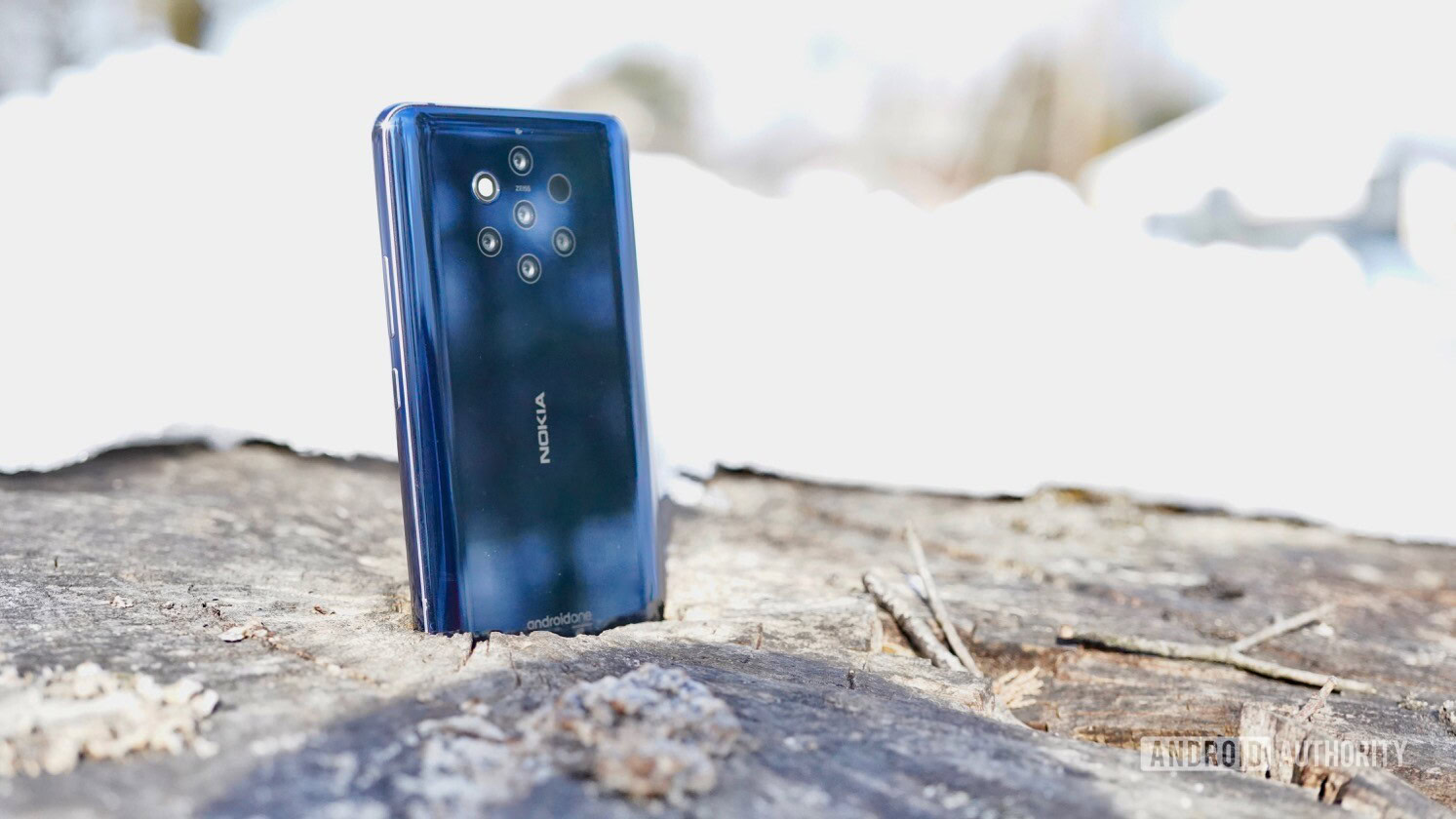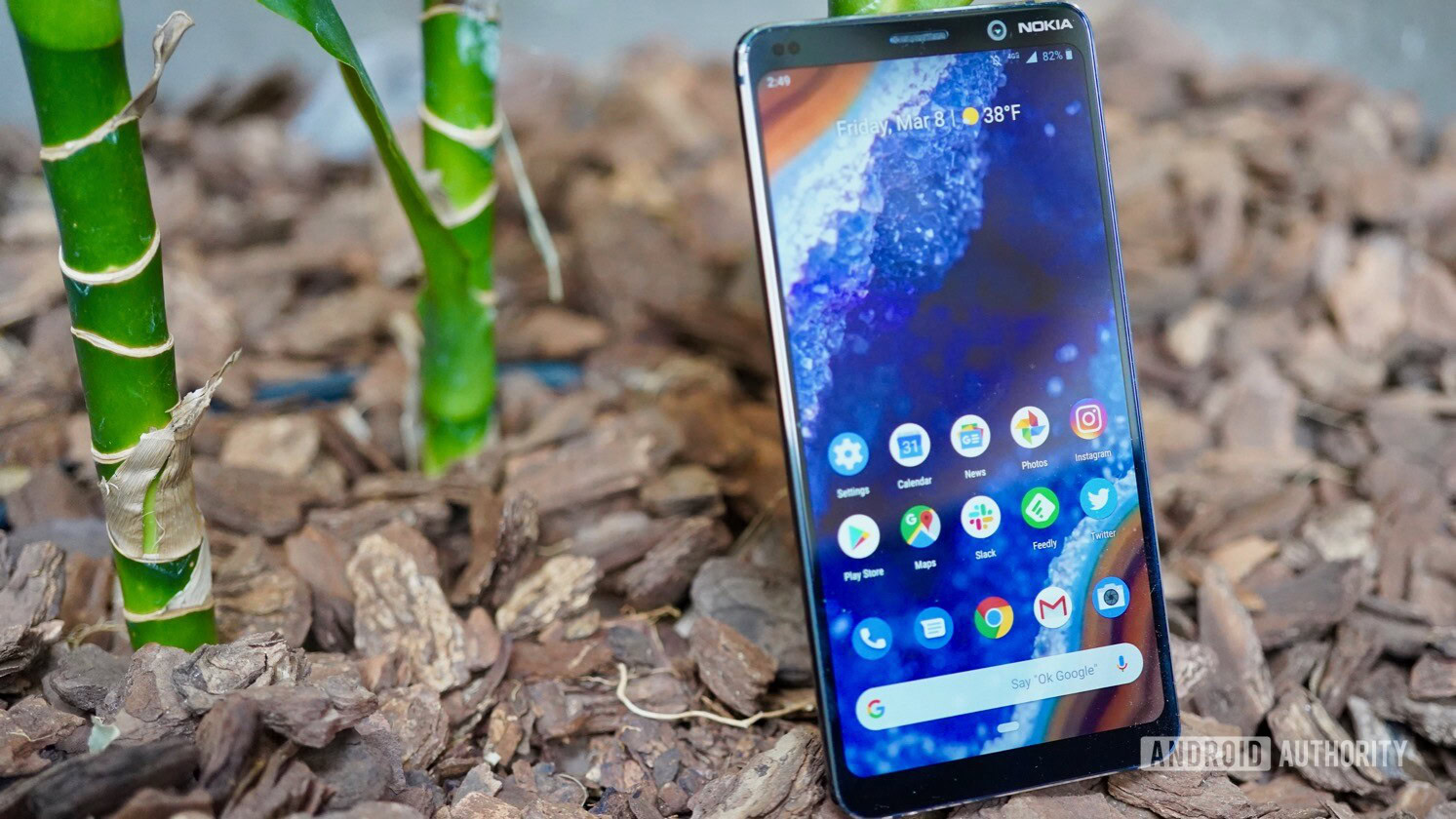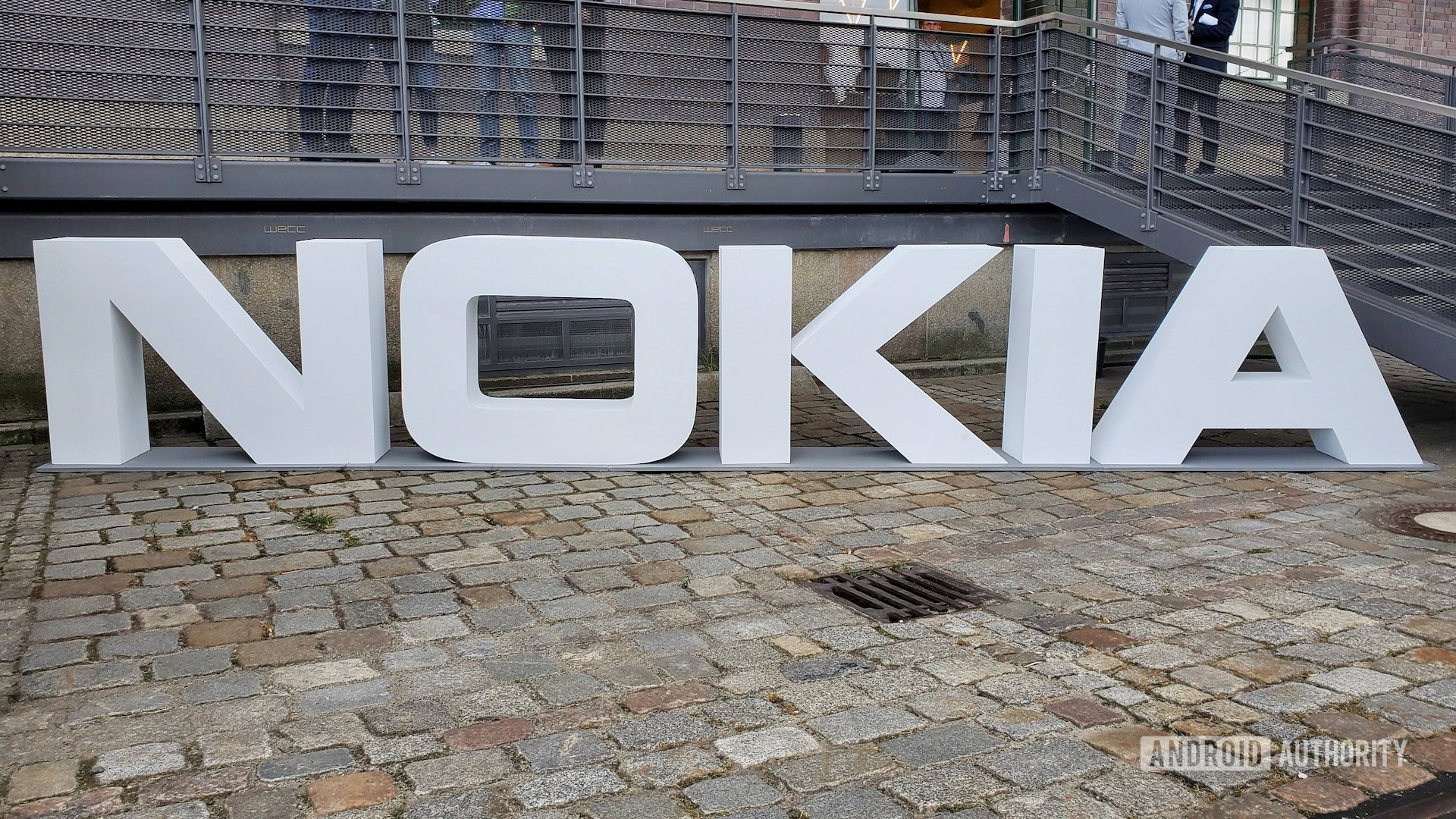Affiliate links on Android Authority may earn us a commission. Learn more.
It's been two years since the last Nokia flagship phone. What gives?
Published onFebruary 25, 2021

Two years is an eternity in the smartphone industry. Back in February 2019, HUAWEI was still offering phones with Google support and was aiming for the number one spot. Samsung hadn’t even released its first foldable yet.
It also marked the last time HMD released a Nokia-branded flagship smartphone. Launched at MWC 2019, the company unveiled the Nokia 9 PureView — its last phone powered by a Snapdragon 800-series processor.
That’s an incredibly long time for a smartphone brand to go without a flagship product, especially when other companies are offering high-end phones every year or even every six months. Yet, it doesn’t seem to be for a lack of trying.
Why haven’t we seen a new Nokia flagship?
We’ve heard rumors of a Nokia 9.1, Nokia 9.2, and a Nokia 9.3 PureView flagship since 2019. Prominent leaking account Nokia Anew previously claimed that the device would launch in 2019. Then it was Q2 2020, followed by Fall 2020, and now it’s reportedly set for 2021. For what it’s worth, the account correctly reported that the Nokia 9 PureView would be delayed and launch in early 2019. The likes of Nokia Power User also reported slipping launch dates for the rumored HMD flagship.
It’s not 100% clear why HMD has failed to release a new Nokia flagship phone. Rumors have suggested everything from display quality concerns to swapping out to a newer processor as a reason for the delay. Either way, it’s now at the point where there are now rumors of a Nokia 10 or Nokia 9 Sirocco — devices that would diverge from the planned Nokia 9 PureView successor.

It’s one thing for a video game or a movie to get a lengthy delay like this; that kind of thing happens all the time. But the tech industry moves at a faster clip. This raises the pressure. Bugs need to be fixed and polish needs to be applied, lest you release a product that’s outdated. And HMD may have learned this lesson with its last flagship.
When the Nokia 9 PureView was pushed back from its planned late 2018 launch to the following year, representatives from HMD cited image quality concerns and challenges associated with manufacturing the “complex” rear camera setup. Yet, the camera experience was one of the most criticized elements of the final product. Reviewers decried slow processing speeds and inconsistent image quality compared to rival phones.
Users and reviewers also criticized the in-display fingerprint sensor, which could be fooled with a chewing gum packet at first. One of the biggest side effects of this delay, however, was that the phone arrived with the previous year’s Snapdragon 845 processor. The chipset was still powerful compared to mid-range silicon at the time. However, a new flagship SoC likely would’ve helped deliver a sorely needed boost to image processing speeds.
This wouldn't be the first time HMD delayed the release of a flagship phone, as it did the same with the Nokia 9.
HMD chief product officer Juho Sarvikas addressed the lack of an annual flagship in an interview with The Indian Express in August 2020. “Of course, we know that our fans would very much appreciate our annual flagship and that’s something I’m sure will be a part of our story as we continue to grow,” Sarvikas was quoted as saying. The HMD executive also pointed to the Nokia 7 and Nokia 8 series as a focus, calling them affordable flagships: “We have been more focused on our investment in the affordable flagship category, delivering great value to performance, great experience at half the price of the flagship.”
HMD generally calls its upper mid-range smartphones “flagships” when it doesn’t have a bona fide Snapdragon 800-series phone to offer. We’ve seen the company do this with the Nokia 8.1 in the past, calling it a “value flagship.” Technically speaking, it isn’t incorrect. A flagship refers to the best product available in a portfolio. We’ve seen other companies take a similar approach before too. Google and LG adopted mid-range silicon for the Pixel 5 and Velvet respectively, but at least these two brands are delivering premium extras. They offer water resistance, wireless charging, and OLED screens to justify the flagship name. Meanwhile, the “value flagship” lack many of these premium stylings that you’d find on normal top-tier devices.
What should we expect from a new Nokia flagship phone?

There’s no word if we’ll even get a new, truly high-end Nokia phone in 2021. We asked HMD Global’s representatives when a new Snapdragon 800-series phone would arrive, but the company refused to comment.
HMD has been keenly focused on the volume-driving budget and mid-range smartphone segments in recent times, and you can’t really blame them. We’ve seen the company focus on regions like North America, where it doesn’t have to contend with Chinese rivals like Xiaomi and realme.
Flagship phones are low-volume affairs compared to cheaper devices too, and this premium segment requires plenty of R&D dollars to create cutting-edge features that are expected at this tier. The Nokia 9 PureView also showed that spending that money on R&D doesn’t guarantee a successful phone either. But by missing out on the flagship segment, HMD isn’t able to effectively demonstrate to consumers that it’s indeed on the bleeding edge of technology. We’ve regularly seen companies bring flagship tech to their mid-range and budget wares too.
Nevertheless, if we do see a future Snapdragon 800-series flagship from HMD, one thing we won’t see is Light support. The camera company behind the Nokia 9 PureView’s penta-lens setup told Android Authority last year that it was “no longer operating” in the smartphone business.
Would you buy a Nokia-branded flagship phone in 2021?
This means we’re likely looking at a more conventional photography philosophy for any new Nokia-branded flagship. The Nokia 9 PureView made use of five 12MP cameras, featuring three monochrome shooters and two RGB sensors. In theory, these would all work together to produce more granular depth of field effects and better night-time shots. However, none of them were the ultra-wide or telephoto lenses we see on major flagships today. To make matters worse, the results were extremely hit-or-miss. Still, it was a rather interesting premise.
I hope the company has more unconventional hardware tricks up its sleeve, albeit not at the expense of a truly flexible camera arrangement. Rumors also point to an under-display selfie camera. Yet, the results from the ZTE Axon 20 5G show that the tech might not be ready for prime time just yet.
As for when it might actually launch, for real this time? Nokia Anew reports the new flagship is slated to arrive in H1 2021. Based on the numerous delays and changed plans so far, we wouldn’t recommend you bet your house on it.
What do you think of the situation? Would you buy a Nokia-branded flagship phone if they released one in 2021?